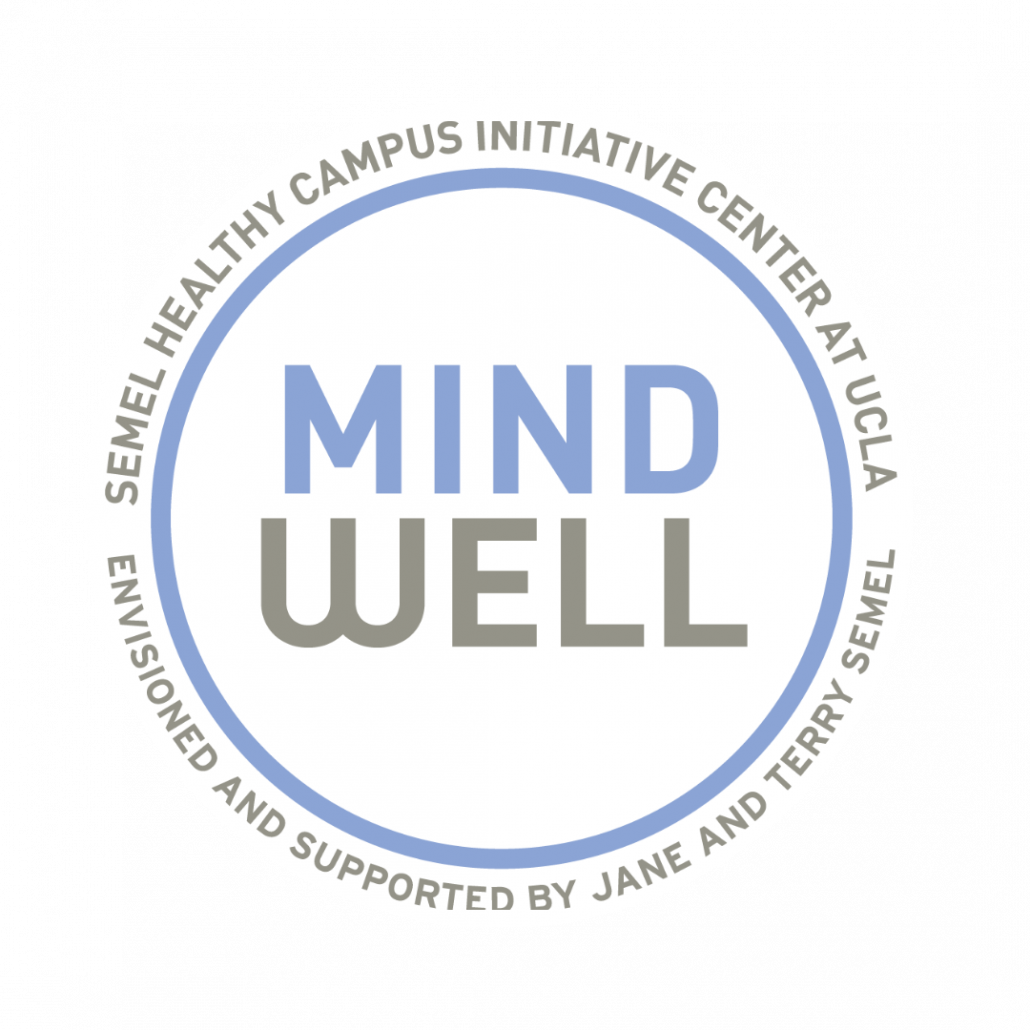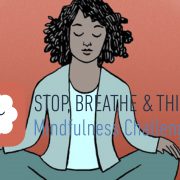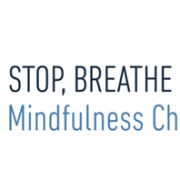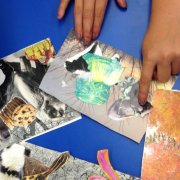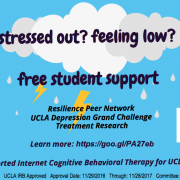To judge or not to judge in mindfulness
By Lobsang Rapgay, PhD, research psychologist in the Department of Psychiatry UCLA
Being non-judgmental is a defining feature of modern forms of mindfulness. Mindfulness Based Stress Reduction, which is the most researched form, is the main draw for many to the practice of mindfulness. Part of the appeal is that many of us feel passionately that it is wrong to be judgmental of others. We might have strong feelings about being judged, criticized, and ridiculed, perhaps because we may have personally experienced their painful effects during childhood and even later in life. So when modern mindfulness says it will teach us to be non-judgmental, many of us buy into it readily.
We assume we are going to learn a special approach for how not to judge others based solely on their looks, gender, or race, or simply because we dislike them, and replace such biases with a more accepting approach. When someone we know is judgmental of others based on physical characteristics, we feel uncomfortable, upset, and wish we were not around such a toxic person.
On the other hand, we want our children to learn to make good choices as they go out into the world. We want them to make informed judgements about the types of friends to go out with and those to avoid. Making good judgments involves not only making judgments based on one’s likes and dislikes, but also by weighing the pros and cons of whether the friendship is rewarding and meaningful. Research shows that learning to make informed judgements can take a long time and is only fully developed well past adolescence.
Modern mindfulness trains us to avoid making any form of judgments, sometimes at the cost of learning to make informed judgments. If a child is mean to others, mindfulness teaches us not to judge the child as mean. If someone never completes his or her assignments, mindfulness teaches us not to judge the person as lazy. Calling someone mean or lazy imposes a label that interferes with our ability to experience that person as a whole person. Instead, we identify them with one characteristic. John is not just a person, instead he is lazy John. According to modern mindfulness, this makes it impossible to recognize that John is a complex individual with both good and bad traits.
However, research shows that excessive training in non-judgment can impair cognitive functioning. A 2015 study provides preliminary evidence for the negative effects of non-judgment training. Researchers found that subjects trained in non-judgment failed to accurately recall words they memorized earlier. The results suggest that excessive training in non-judgment appears to impair certain cognitive functions that are critical for accuracy of memory. One of these impaired cognitive functions is discrimination: a critical function for differentiating between what words did and did not appear in a set. When discrimination is impaired, it interferes with memorizing and, consequently, with accurate recall later.
Given that bias and judgment are virtually built into us – an evolutionary survival mechanism passed on from generation to generation– we need to question the purpose of being non-judgmental. Studies show that judgments about various faces made in the first 1/10 of a second rarely changed even when the subjects later saw the same faces for a full minute. The findings suggest that the instant we see a face, we categorize it– even before we have time to think about it. These findings clearly suggest that training in non-judgment may have significant negative consequences on cognitive functioning.
One of the reasons for these inconsistencies lies with the founders of modern mindfulness, who have failed to clearly define non-judgment based on scientific concepts, principles and findings. Rather, a practice was taken from the East, and poorly translated into a practice to suit the Western mindset. In fact, classical Buddhist teachings do not associate non-judgment training with mindfulness the way it is done in modern forms of mindfulness. Instead they teach the opposite: the Four Foundations of Mindfulness, as taught by the Buddha, begin with discrimination training in relationship to the sensory experience of the breath. In classical mindfulness, thinking is suspended to refine our capacity to fully sense our breath and body moment by moment in a non-evaluative and non-reactive way. The objective is to reduce our habitual thinking, imaging, and self-narratives in order to experience the sensory world directly.
Modern mindfulness training in non-judgment is a powerful way to reduce excessive judgmental thinking, worrying, and ruminating, which are responsible for exacerbating common psychiatric disorders like anxiety and depression. The above evidence suggests that we have to learn to be both non-judgmental at one level, and make healthy and informed judgments on another level.
People using modern forms of mindfulness can, therefore, benefit enormously by complementing non-judgment training with making healthy informed judgments. This requires learning when to apply non-judgment and when to make informed judgments. Integrating classical mindfulness provides an excellent means to do this given that it is consistent with current forms of mindfulness.
When you know exactly when and how to apply non-judgment skills, you can then train yourself in discrimination, as taught in classical mindfulness. Once you acquire the ability to discriminate between various types of sensations associated with the breath and the body, you can extend that skill to discriminate between various types of thoughts, affect, and behavior. The beauty about classical mindfulness is that such discrimination is not made based on moral values of the individual, but rather by observing, in a non-evaluative and non-reactive way, the effects that thoughts, affect, and behavior have upon you.
As you acquire insight into the consequent effects of specific thoughts, affect, and behavior, you can verify those insights with further behavioral experimentation to determine if your assumptions and conclusions are valid. Over time, you may discover a pattern – certain types of thoughts, affect, and behavior lead to distress, fear, anger and a host of other psychological and behavioral imbalances. On the other hand, other types of thoughts, affect, and behavior lead to awareness, calm, self-regulation, and positivity. Through personal experience and discovery, you can confirm which of these are beneficial and which are harmful.
In this way, you develop a template of how to think, feel, and act not based solely on what you have been told, but rather based on your personal exploration through an objective yet gentle process of direct experience, complemented with insight and validated with repeated behavioral experimentation.
Rather than seeing the two forms of mindfulness as contradictory and exclusionary, opening yourself to the full exploration of what both current and classical teachings have to offer, can lead to a life-long, meaningful skill that can serve us well through our quest for growth and development in the midst of a challenging and demanding world.
Lobsang Rapgay, PhD is a research psychologist in the Department of Psychiatry UCLA under the mentorship of Robert Bilder, Phd. He also maintains a private practice in West Los Angeles. His primary area of research is on the neural, physiological, and behavioral correlates of fear reconsolidation. He was a Tibetan Buddhist monk for 18 years and is well trained in the theory and practice of Buddhism.
